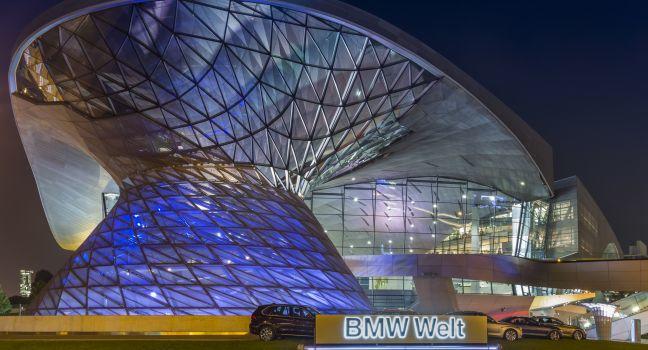Schatzkammer
The Schatzkammer comprises many hundreds of masterworks, including a host of treasures from the Wittelsbach royal crown jewels. A highlight is the crown belonging to Bavaria's first king, Maximilian I Joseph, created in Paris in 1806–07. The Schatzkammer collection has a staggering centerpiece—a renowned 50-cm-high (20-inch-high) Renaissance statue of St. George studded with diamonds, pearls, and rubies.




